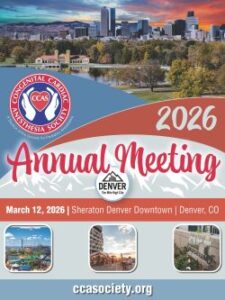{“questions”:{“ozlj0”:{“id”:”ozlj0″,”mediaType”:”image”,”answerType”:”text”,”imageCredit”:””,”image”:””,”imageId”:””,”video”:””,”imagePlaceholder”:””,”imagePlaceholderId”:””,”title”:”Author: Sana Ullah, MB ChB, FRCA \u2013 Dallas, TX
Question of the Week 390
{“questions”:{“qsvss”:{“id”:”qsvss”,”mediaType”:”image”,”answerType”:”text”,”imageCredit”:””,”image”:””,”imageId”:””,”video”:””,”imagePlaceholder”:””,”imagePlaceholderId”:””,”title”:”Author: Sana Ullah, MB ChB, FRCA. Children\u2019s Medical Center, Dallas TX
Question of the Week 389
{“questions”:{“dpd6s”:{“id”:”dpd6s”,”mediaType”:”image”,”answerType”:”text”,”imageCredit”:””,”image”:””,”imageId”:””,”video”:””,”imagePlaceholder”:””,”imagePlaceholderId”:””,”title”:”Author: Michael A. Evans, MD \u2013 Ann & Robert H. Lurie Children\u2019s Hospital of Chicago, Northwestern Feinberg School of Medicine
Question of the Week 388
{“questions”:{“ufgwj”:{“id”:”ufgwj”,”mediaType”:”image”,”answerType”:”text”,”imageCredit”:””,”image”:””,”imageId”:””,”video”:””,”imagePlaceholder”:””,”imagePlaceholderId”:””,”title”:”Authors: Benjamin Rosenfeld, MD and Michael A. Evans, MD \u2013 Ann & Robert H. Lurie Children\u2019s Hospital of Chicago, Northwestern Feinberg School of Medicine
Question of the Week 387
{“questions”:{“ny5tw”:{“id”:”ny5tw”,”mediaType”:”image”,”answerType”:”text”,”imageCredit”:””,”image”:””,”imageId”:””,”video”:””,”imagePlaceholder”:””,”imagePlaceholderId”:””,”title”:”Authors: Michael A. Evans, MD \u2013 Ann & Robert H. Lurie Children\u2019s Hospital of Chicago, Northwestern Feinberg School of Medicine
- « Previous Page
- 1
- …
- 32
- 33
- 34
- 35
- 36
- …
- 48
- Next Page »
